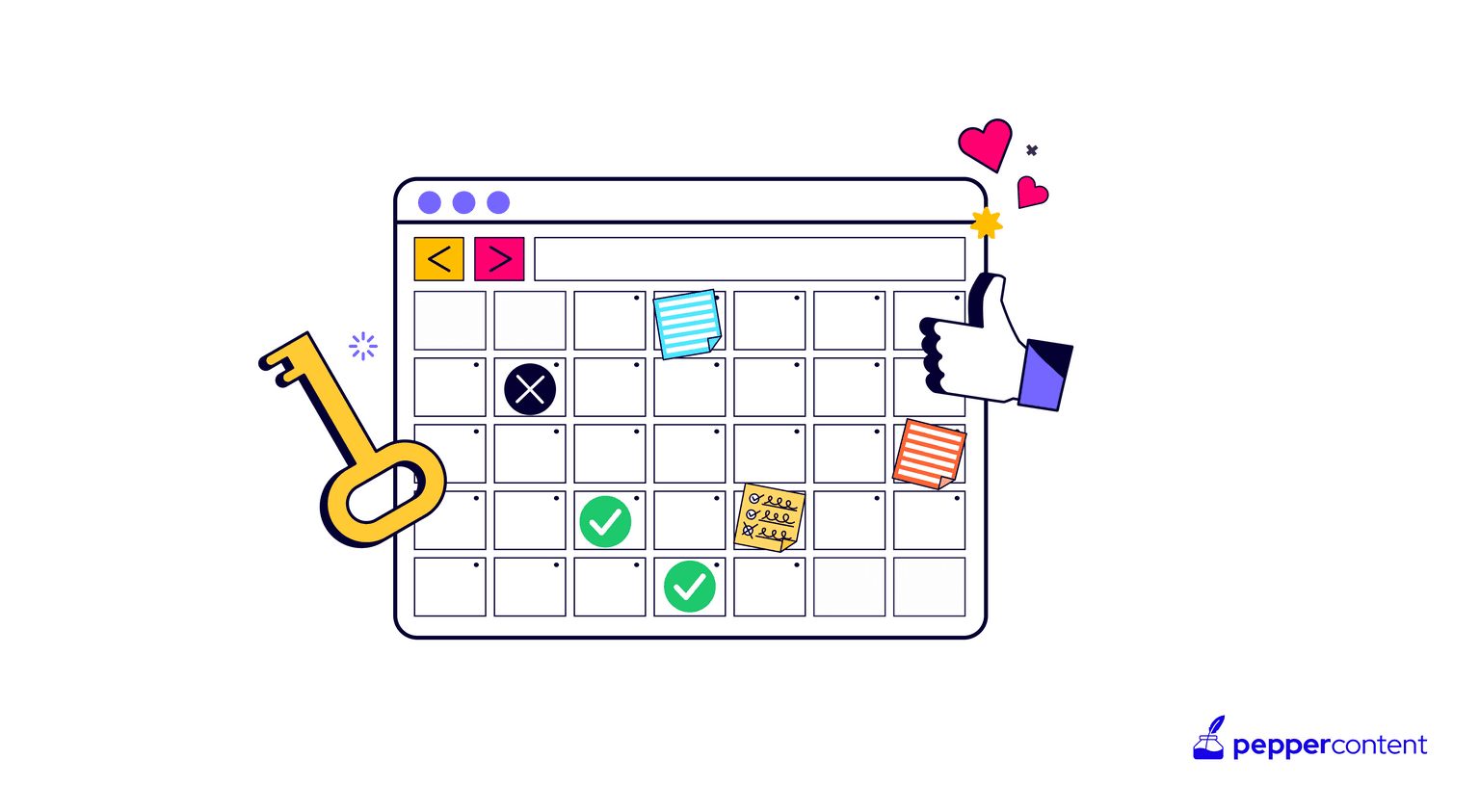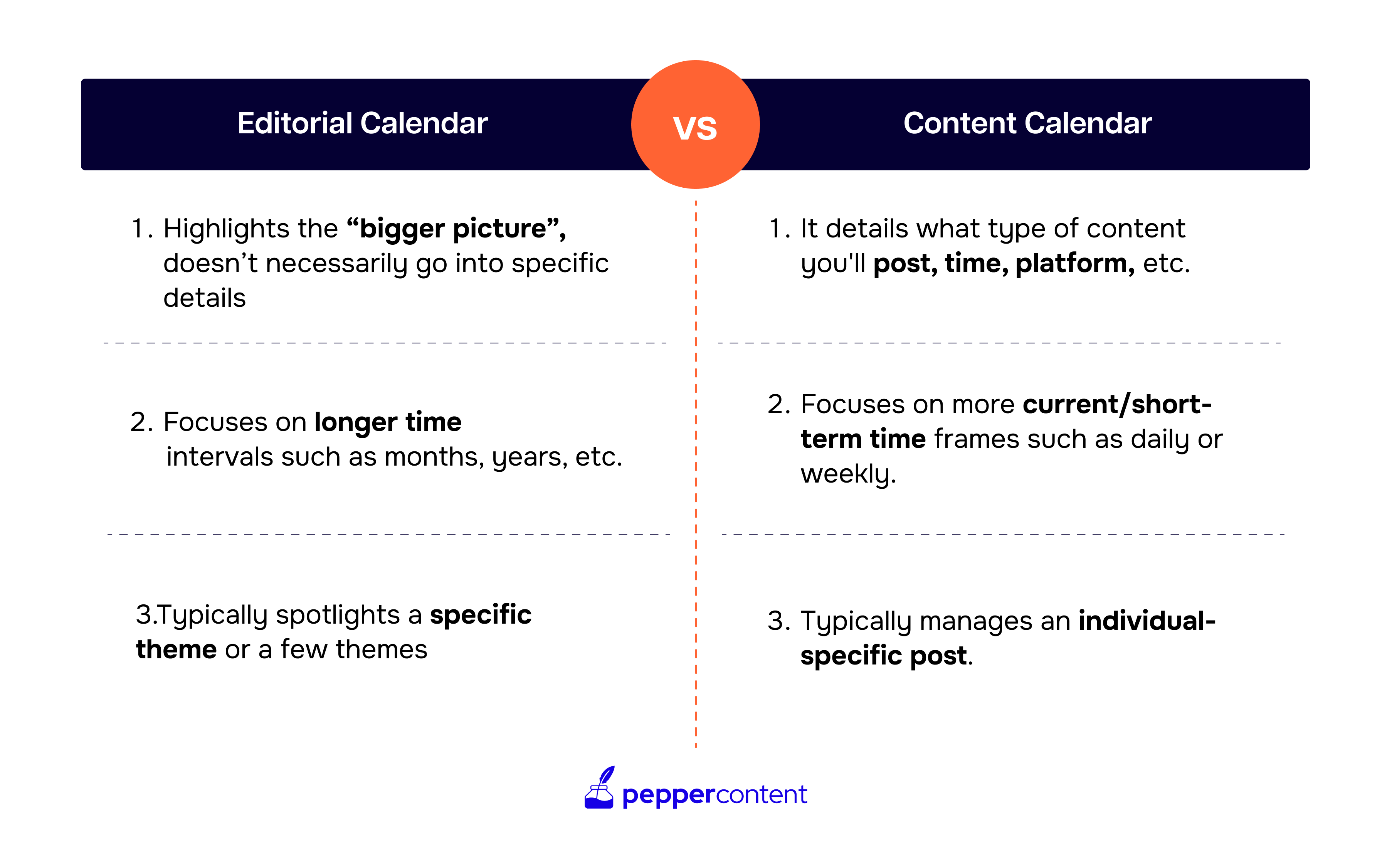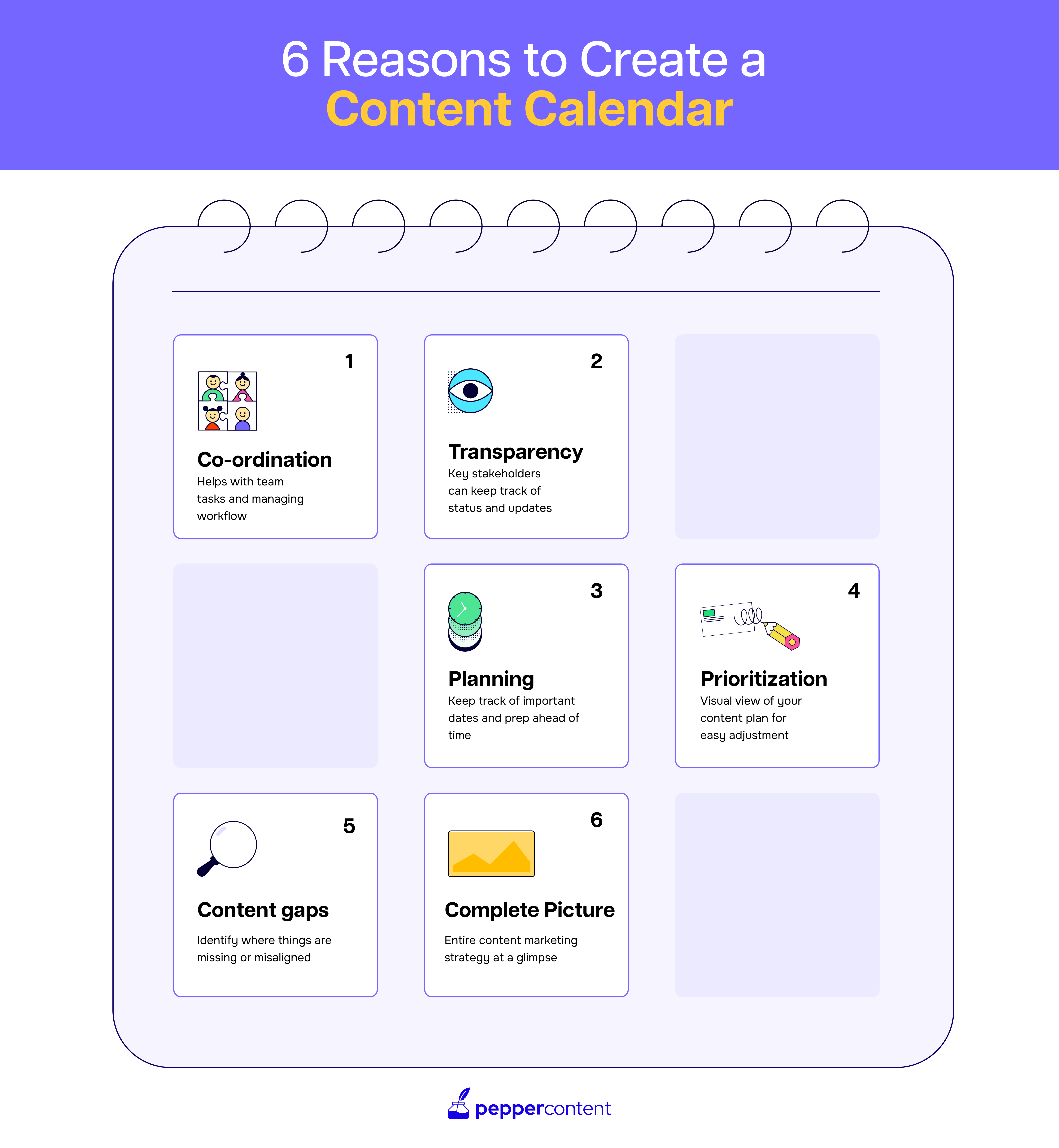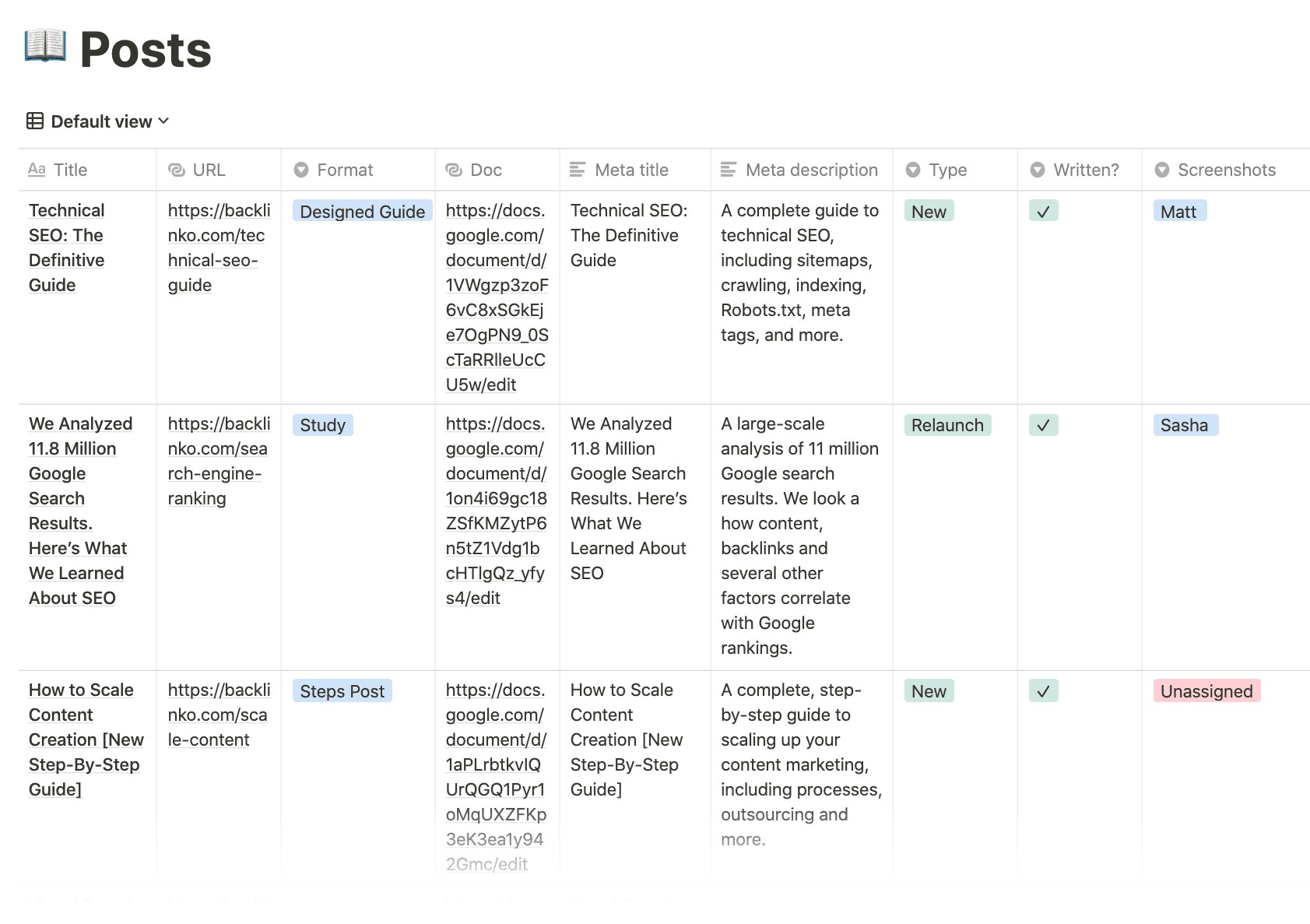Mastering the Content Calendar: Unlocking Consistency and Engagement

Content marketing is a dynamic and ever-evolving field, where consistent and engaging content is the key to success. In this fast-paced digital landscape, creating and maintaining a content calendar has become an essential part of any content marketer’s arsenal. A well-crafted content calendar not only helps you stay organized but also ensures that your content is delivered consistently to your target audience.
With the abundance of content being produced every day, it is crucial to have a strategic approach to publishing. This is where a content calendar comes into play. It allows you to plan your content in advance, ensuring that you have a consistent flow of valuable information for your audience.
By building an effective content calendar, you can maximize your content marketing efforts and achieve desired results. A well-planned calendar helps you maintain consistency in posting frequency, ensures that your messaging aligns with your overall marketing strategy, and helps you deliver relevant and engaging content that resonates with your audience.
So, let’s dive into the world of content calendars and explore how they can help us unlock consistency and engagement in our content marketing endeavors. Whether you are new to creating content calendars or looking to optimize your existing one, these expert tips will guide you on the path to success.
What is a Content Calendar?
So, what exactly is a content calendar? Simply put, it’s a tool that helps you map out your content creation schedule in an organized and strategic way. It allows you to plan and manage your content production process, ensuring that you consistently deliver high-quality and engaging content to your audience.
Now, you might be wondering how a content calendar differs from an editorial calendar. While both serve the purpose of organizing content, an editorial calendar typically focuses on the publication schedule of specific pieces of content, such as blog posts or articles. On the other hand, a content calendar goes beyond just scheduling publication dates. It encompasses all aspects of your content marketing strategy, including ideation, creation, distribution, and promotion.

Benefits of Using a Content Calendar
Using a content calendar offers numerous benefits that can supercharge your content marketing strategy. Let’s take a closer look at some of the advantages you can gain from implementing a well-planned content calendar.
- First and foremost, utilizing a content calendar ensures consistency in your content creation. By mapping out your topics, deadlines, and publication dates in advance, you can avoid the dreaded last-minute scramble to come up with ideas or publish rushed content. Consistency is key in building trust with your audience and establishing your brand as a reliable source of valuable information.
In fact, companies that use content calendars experience higher lead generation and conversion rates. According to Content Marketing Institute, 61% of B2B marketers who have a documented content marketing strategy are more likely to be successful. HubSpot also found that consistent publishing led to an average 92% increase in website traffic compared to companies with inconsistent publishing schedules.
- Another benefit of using a content calendar is improved workflow and productivity. By having a clear plan in place, you can streamline your content creation process, allocate resources effectively, and ensure that everyone on your team is on the same page. This allows for better collaboration and eliminates any confusion about responsibilities and deadlines.
- Creating a content calendar also helps you align your content with your marketing goals and brand messaging. By strategically planning your topics and themes, you can ensure that each piece of content contributes to your overall marketing strategy. This ensures that your content remains focused, relevant, and resonates with your target audience.

How to Make a Content Calendar
Now that we understand the benefits of using a content calendar let’s dive into the process of creating one. Follow these steps on how to build a content calendar:
1. Identify Your Target Audience
Before diving into creating a content calendar, it’s crucial to understand who your target audience is. Conduct thorough research and create detailed buyer personas to gain insights into their interests, pain points, and content preferences.
2. Set Goals
Determine what you want to achieve with your content marketing efforts. Whether it’s increasing website traffic, generating leads, or improving brand awareness, establish specific goals that align with your overall marketing objectives.
3. Research Relevant Topics
Once you know your target audience and goals, conduct keyword research and competitor analysis to identify trending topics and gaps in the market. This will help you generate engaging content ideas that resonate with your audience.
4. Choose the Right Tools
There are various tools and software available to help you manage and organize your content calendar efficiently. Consider using project management tools like Trello or Asana or dedicated content calendar platforms like CoSchedule or Airtable.

5. Assign Responsibilities
Clearly define roles and responsibilities for each team member involved in the content creation process. This ensures accountability and streamlines the workflow, making it easier to meet deadlines and maintain consistency.
6. Establish a Content Creation Workflow
Develop a step-by-step process for content creation, from ideation to publication. This includes outlining, writing, editing, designing, and scheduling tasks. Having a well-defined workflow ensures smooth collaboration and efficient content production.
Remember, building a content calendar is an ongoing process that requires constant optimization and adaptation. Regularly review your calendar to ensure it aligns with your evolving goals and audience preferences. With a well-crafted content calendar in place, you’ll be on your way to consistently creating engaging content that drives results!
What to Include in a Content Calendar
How to make a content calendar? When it comes to building a content calendar that drives engagement, knowing what to include is key. Your content calendar should be more than just a schedule; it should be a comprehensive roadmap for your content creation journey. So, let’s dive into the essential elements that will make your calendar an effective tool for consistent and engaging content.
- First and foremost, you need to consider the timing of your content. Are there any key dates, holidays, or industry events that align with your target audience’s interests? Including these in your calendar can help you create timely and relevant content that resonates with your audience.
- Your content calendar should reflect the overall strategy of your brand and contribute to achieving your business objectives. By mapping out the themes or topics you want to cover each month or quarter, you can ensure that every piece of content serves a purpose and helps move your audience through the buyer’s journey.
- In addition to planning out the what and when it’s crucial to think about how and where you’ll distribute your content. Your calendar should include the various channels you’ll use to promote and share your content, such as social media platforms, email newsletters, or even guest blogging opportunities. By including these distribution channels in your calendar, you’ll ensure that your content gets the exposure it deserves.
Deciding When and Where to Post
Now that you have an idea of what content to create and include in your calendar, it’s time to figure out when and where to post it. Strategic timing is crucial for maximizing the impact of your content across different platforms.
One way to determine the best times to publish your content is by analyzing current trends and leveraging them to your advantage. Keep an eye on what’s happening in your industry and find creative ways to tie your content to these trends.
To further optimize your posting schedule, consider industry standards or case studies that provide insights into optimal posting frequencies for each platform. For instance, research might show that posting twice a day on Instagram generates higher engagement, while once a week might be more effective for LinkedIn. Tailoring your posting frequency to each platform will help you reach your target audience at the right time without overwhelming them with too much content.
Lastly, don’t forget to learn from your own experiences. Analyze data from previous successful campaigns to uncover patterns and preferences among your audience. By understanding what has worked in the past, you can make more informed decisions about when and where to post your content in the future.
By including these considerations in your content calendar, you’ll have a solid plan for consistently creating engaging content that resonates with your audience at precisely the right time and place. With tools and software readily available, there’s no excuse for not having an organized system in place.

A well-planned and organized content calendar allows you to stay consistent with your publishing schedule, maintain a cohesive brand image, and increase audience engagement. It helps you streamline your content creation process, saving time and effort in the long run. By following the steps outlined in this article, you can ensure that your content resonates with your target audience and drives results.
Latest Blogs
Explore how Google’s 2025 AI search updates triggered ranking chaos. Learn actionable strategies to adapt your SEO for AI Overviews, zero-click searches, and SERP volatility. Stay ahead now.
Learn how to rank on AI search engines like ChatGPT, Perplexity, and Gemini by optimizing your content for authority, structure, and relevance. Stay ahead in AI-driven search with this strategic guide.
Explore the best healthcare SEO services for your medical practice. Improve online visibility and effectively reach more patients in need of your services.
Get your hands on the latest news!
Similar Posts

Content Strategy
5 mins read
Choosing The Best Healthcare Marketing Agency For Effective Content Solutions

Content Marketing
4 mins read
Top 10 Agencies B2B SaaS Content Marketing for B2B Success

B2C Marketing
5 mins read